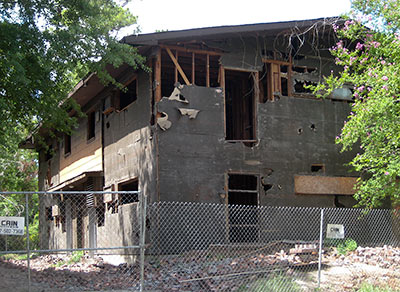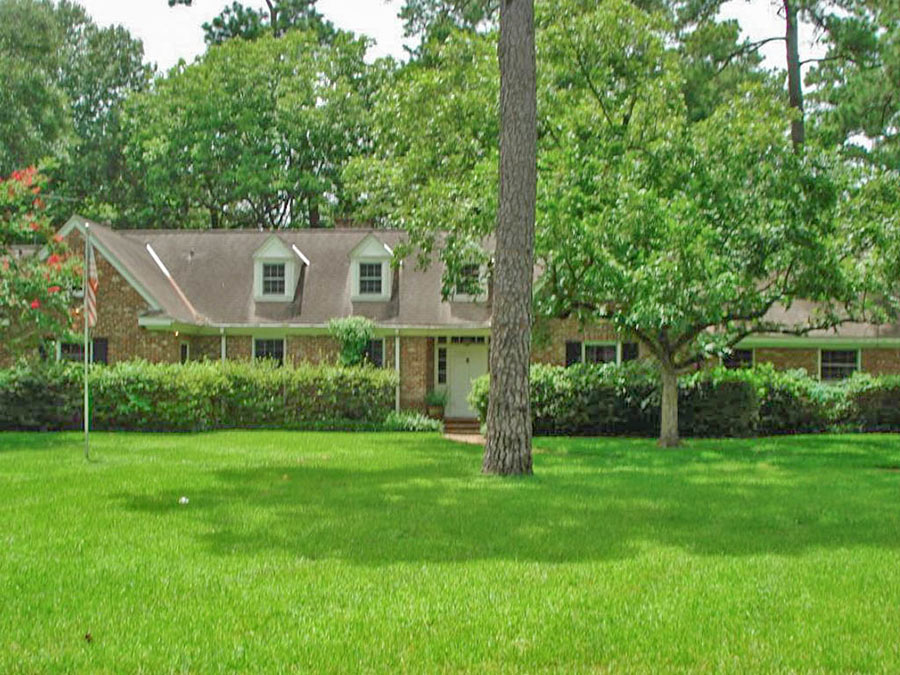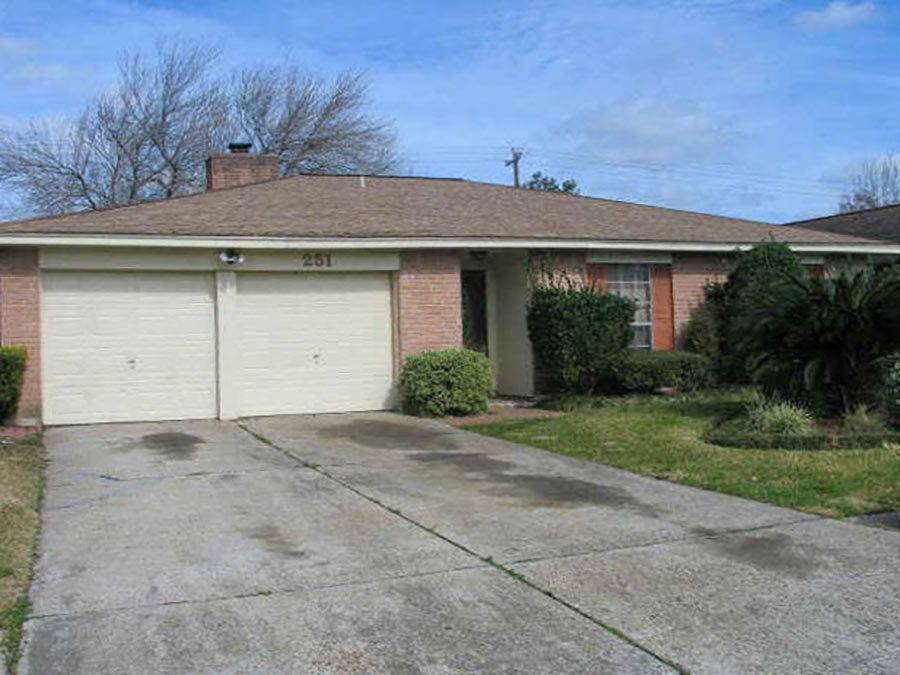
Cities throughout Texas are slowing down the process of knocking down dangerous structures because of fears that angry owners might come back to bite them — even after their buildings have been demolished. By a 5-4 vote, the Texas Supreme Court last month struck a blow for the property rights of rotting, undead buildings throughout the state, giving their owners the right to sue in court for compensation even if a hearing before a city administrative board has already declared a condemned structure a hazard to public safety. If it isn’t overturned in a rehearing, the decision will likely force Texas cities to pick their demolition battles more carefully, and possibly get courts involved in what has traditionally been something handled by city departments.
***
Already, demolition of Bellaire’s lone remaining officially dilapidated building — on Park Ct. near Newcastle — has been put on hold. In Idylwood, neighbors report the scheduled evisceration of 4 long-vacant apartment buildings at 6634 Sylvan Rd. near the site of the planned Walmart on Wayside Dr. appears to have ground to a halt. (One of the structures is pictured above, sporting its new skeletal look.) A spokesperson from the Mayor’s office says that property is now tied up in litigation. Houston assistant city attorney Tom Allen tells the Bellaire Examiner‘s Ken Fountain there’s no local moratorium on demo orders for dilapidated buildings, but each case will have to be studied more carefully to avoid after-the-fact lawsuits.
- The hazard next door: Texas ruling restricts cities from eliminating blighted structures [Bellaire Examiner]
- Ruling may slow city’s wrecking ball fighting blight [Houston Chronicle]
- Fine, Go Ahead: Apartments Next to Idylwood Walmart Site Get Demo Orders [Swamplot]
Photo: Swamplot inbox





While rotting and truly dangerous buildings should be dealt with, I know from personal experience that the “dangerous building” label is very much abused. Worse yet, dealing with the city once it has the “db” tag is tourture even if you plan to fix it up.
.
I just finished a 7 month nightmare on a Montrose fourplex that if not for the db tag would have been fixed up and ready for tenants in a month.
.
So before you side with the city on this issue, remember they cast a wide net and cause a lot of people that would love to actually improve these places but (like me now) know better and won’t touch them.
They can’t afford to keep the place up, yet they have money to sue when it gets demolished…
Generally, the problem with these types of things, is that it is completely subjective and wide open for abuse.
Before I pass judgement can anyone point me to city code that is used to designate a building “dangerous”.
Cody, why was your building “dangerous”? Why is it difficult to remove the label, if you fix whatever it was that made it “dangerous”? What hoops do they make you jump through after the designation and repair?
awp: It’s a long ugly story that’s too much for the swamplot comment section. Maybe I’ll describe this along with other city run-ins in a book someday, but for now I’ll try to summarize.
.
I bought a building in Montrose that *already* had the db label. I’ve fixed up some janky places so I wasn’t too worried about this one. It was vacant for many years and happened to be in-between two of my other (almost identical) buildings. The neighbors behind were trying to fix the problem from their living rooms by dialing 311. That caused the red tags to pile up and the db to be applied.
.
They had a right to be upset about a vacant building that was a blight on an otherwise nice street. They were unaware their actions trigged a series of events that causes any new owner to have to deal with the city in an unproductive fashion that wasn’t just onerousness to the new owner, but to them as well.
.
I learned just how difficult things could be the day I closed. I brought my guys to start cleaning it up and was instantly attacked with red tags by the pirus patrol. I think I described part of the catch-22 I experienced here before. Long story short, after many weeks of trying to be “allowed” to work on the place, I finally threw up my hands in surrender and boarded it back up. I figured I’d just sell it off at lot value and let someone knock down this cool vintage building to construct a ‘faux tuscan mcmansion townhome’ that everyone complains about :-)
.
It wasn’t util several months later that I decided to give it another go, this time with a full time person in charge of just dealing with the city. Long story dramatically shortened, I finally finished. Along the way there were several delays — admittedly in part because we didn’t know what to expect from the city. The costs became ridiculous. Commitments to future tenants regarding move in dates were laughably off
.
But I learned a great (albeit, expensive) lesson. I’ll NEVER do it again. I’ve made similar comments on here that the good intentions of the city often lead to negative results. This was a perfect example. When I drive by a beat up place in my neighborhood, I used to think “Hm, I bet that could be made into a nice place again”. Now I think “haha, sucks to be whoever buys that city trap!”
.
What’s the solution? I have some thoughts. This isn’t the place to go into detail, but a quick and easy general thought would be for the city to recognize when someone is trying to do a good thing and help them. Or at minimum, stay out of their way and don’t impede them. “Thanks for fixing this db” would go a lot further to fix up the city than kicking someone in the teeth for trying.
.
(And actually, Gus had his photographer come out and take a lot of ‘before’ shots. I guess she can finally come back out if it hasn’t been so long that she’s retired :)